Trending
Opinion: How will Project 2025 impact game developers?
The Heritage Foundation's manifesto for the possible next administration could do great harm to many, including large portions of the game development community.
Interviews with developers about old games


Hello, I want to meet you, my name is Alexander, I am 32 years old, I live in Moscow, I have been writing articles about old games for more than a year, for each article I try to interview developers, but as you understand my articles are all in Russian, my English is far from perfect, but you might like my article. Thanks for attention. especially for the article, I interviewed Peter Hajba, who was in charge of the soundtrack, Aki Raula, the main person for textures, and one of the founder of the studio Petri Järvilehto, he was the project manager.
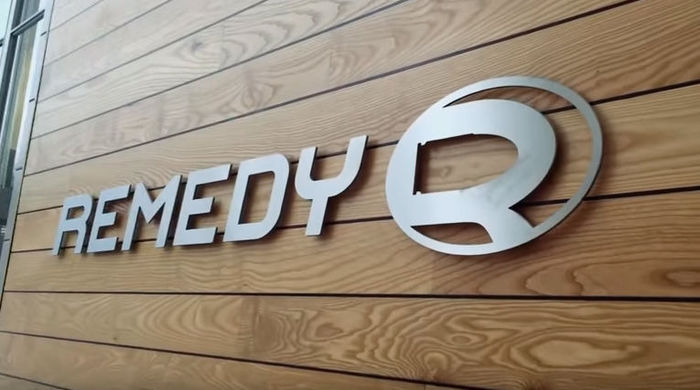
Almost everyone who created the studios came from Future Crew. Future Crew is a Finnish demo group that created game demos and PC software. During the work of the group from 1987 to 1994, such games as Unreal, Panic, Second reality and many other games were shown. The closing field of the demo group - people began to create gaming companies. Such as Futuremark (created 3dmark) Remedy, Bugbear entertainment (Flatout), Bitboys (graphics hardware company) and Recoil Games (Rochard).
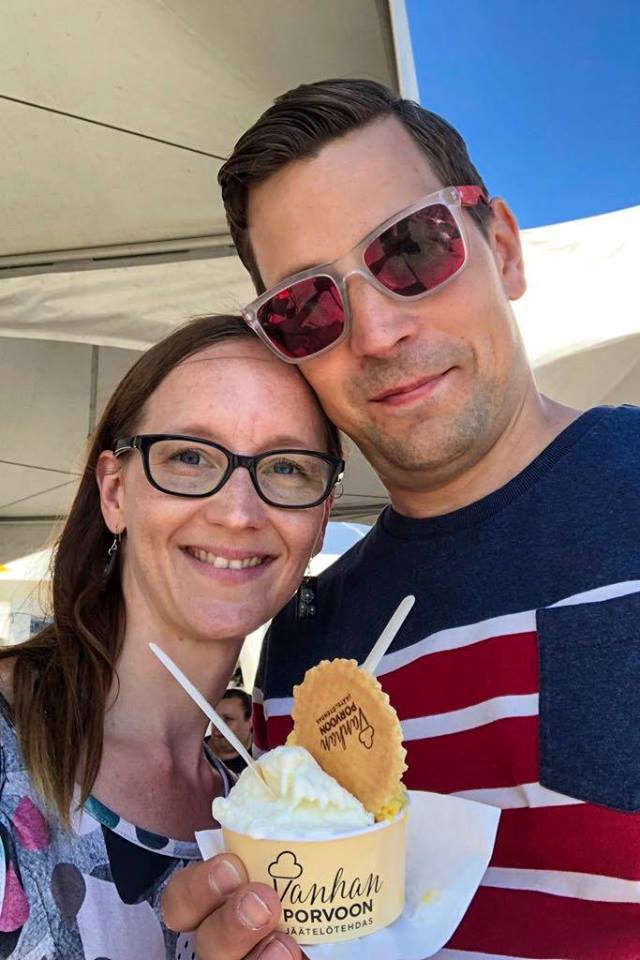
Interview with Aki Raula.
Hello, tell us, please, how did your work in the gaming industry begin?
I started from a Finnish Amiga developer, Bloodhouse (predecessor of Housemarque), doing pixel art for an adventure game called 'Alien Incident'.
When did you decide you want to make games and when did you join Remedy?
When I was in high-school, friends of mine talked about making a game and that was the first spark. I was friends with people who founded Remedy, and had done freelance art for them in the past, so it was more about aligning my schedule (with school) with them; I started in April 1998.
Can you tell what was the atmosphere in the team?
The atmosphere for Max Payne 1 & 2 was quite fantastic. It is something that I've only experienced in Game Jams nowadays. People were really loving what they were doing and wanted to show the world what we can do in Finland.
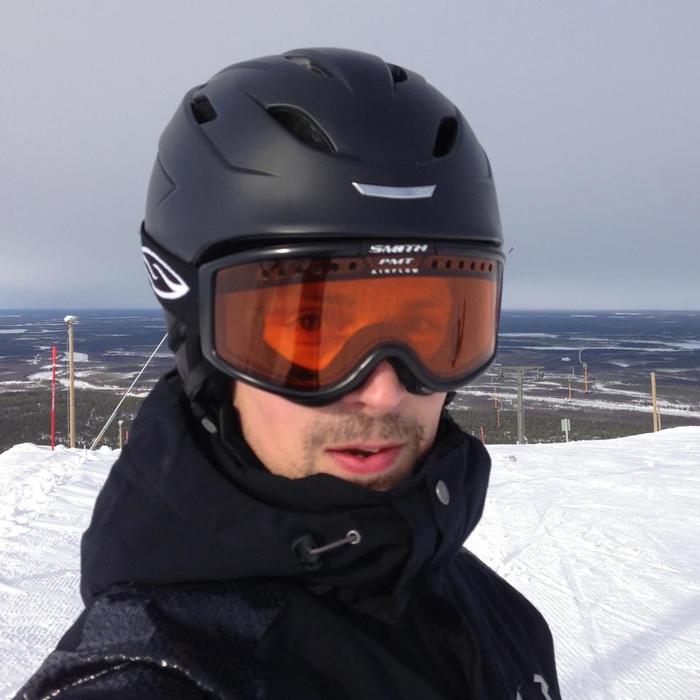
Where did you get inspiration for creating the game, and what would you like to add to the game?
I drew a lot of inspiration from the best Amiga teams in the 'demo scene', after that from other released high-end games (Half-Life 2 was pretty neat, even if that was released just a bit before Max
What are you doing today and why did you leave Remedy?
I'm nowadays a lead UX designer at Ubisoft, mostly because I enjoy UX and think not enough is being done about it yet. I left Remedy because I was contacted by EA Montreal - it was a new studio they had founded and were looking for new people; Matias (Myllyrinne) the CEO of Remedy at the time said that I should take the opportunity.
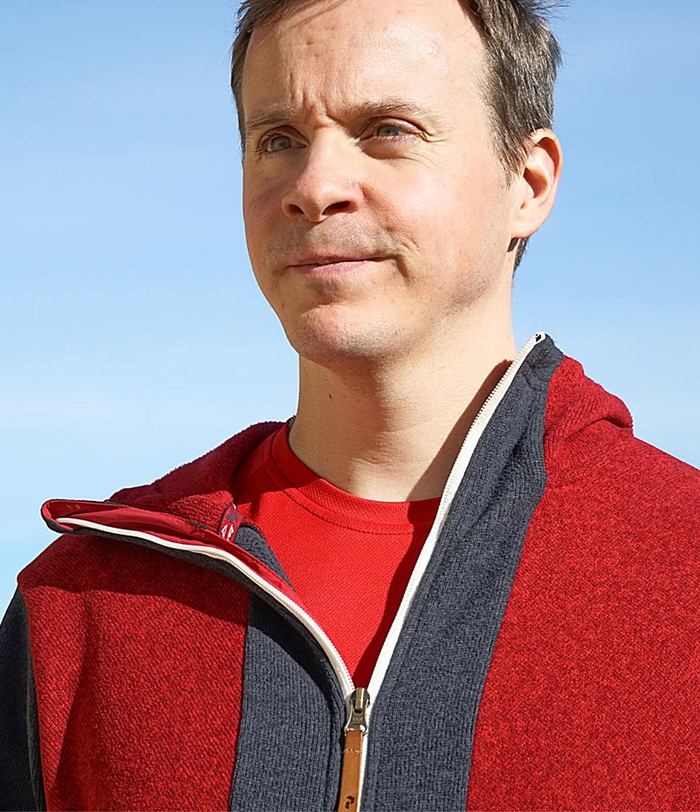
Interview with Peter Hajba
Please tell us what brought you to the gaming industry?
I was always interested in games ever since I saw and played them first myself with my first home computer (Spectrum ZX48) and also playtesting home console games in shops (Atari, Colecovision - never owned any of those) and arcade games. Actually getting into the industry work happened through the demoscene (see below).
Can you tell us about your first work on the game, I understand it was Unreal Tournament?
The first game I worked on was Max Payne. The tracker music I made for one level in Unreal Tournament was a side gig happening at around the same time. Tero "Teque" Kostermaa was also working at Remedy at the time and got contacted by Alexander "Siren" Brandon to get some tracker music made for Unreal Tournament.
How did you get a job at Remedy Entertainment Ltd.?
I was studying animation in Dublin, planning to continue on a computer animation course to get into the game industry. After my first animation drawing studies course, Samuli Syvähuoko, one of the founders of Remedy, called me and asked if I would like to join and work at Remedy on a new game they were starting to work on. Samuli knew me and what I could do through our demoscene group Future Crew. Markus Mäki, founder and technical director at Remedy, was also a Future Crew member.

Music in max payne plays one of the main roles for creating the image of the hero and his narrative, where did you get your inspiration from?
I did not make the music for Max Payne 1 or 2. The music was made by a Finnish band named Waltari, more specifically Kimmo Kajasto and Kärtsy Hatakka. There is an incorrect data entry on Last.fm that credits me for the music of Max Payne. This is not true and apparently this cannot be corrected due to technical reasons. Alas.
Can you tell which character you liked most, if you take all the games you've been working on?
Hap Hazard. That was Raptisoft's tribute to JumpMan. A coward dies only once, but a space hero dies a thousand times! :)
Can you say that it was the most difficult thing when developing Max payne? And can remember what they wanted to add to the game, but in the end they were not included in the final version?
That's probably the most difficult thing actually. There were so many things we would have wanted to be in the game but did not have the time or resources to add them. There's also the daily technical struggles when developing games. A thing doesn't work, you have to figure out why; or just working with a poor pipeline to get the art and audio assets working in the game. The tools and pipelines get better over time, but frustration remains the same, as also the production goals get higher.
Can you tell me why you left Remedy entertaiment and what are you doing today?
I spent some 13 years at Remedy. It was great, but sometimes you'll want to try other things, working on other types of games. For the last 4-5 years I've been working as a sound designer for Avalanche Studios, Stockholm, Sweden. The games I have worked on include Just Cause 3, Rage 2 (announced, not yet released), theHunter / theHunter Classic, and Generation Zero (announced, not yet released). These are all open world games with bias on action and vast beautiful landscapes. I feel that I like working on this type of game much more than a story biased linear type of a game. I've also made music on a hobby basis all this time, and have occasionally contributed music to games. During the early 2000s I made music for Bejeweled 2 and 3, and my most recent game music soundtrack is for the Blue Wizard game "Space Tyrant".
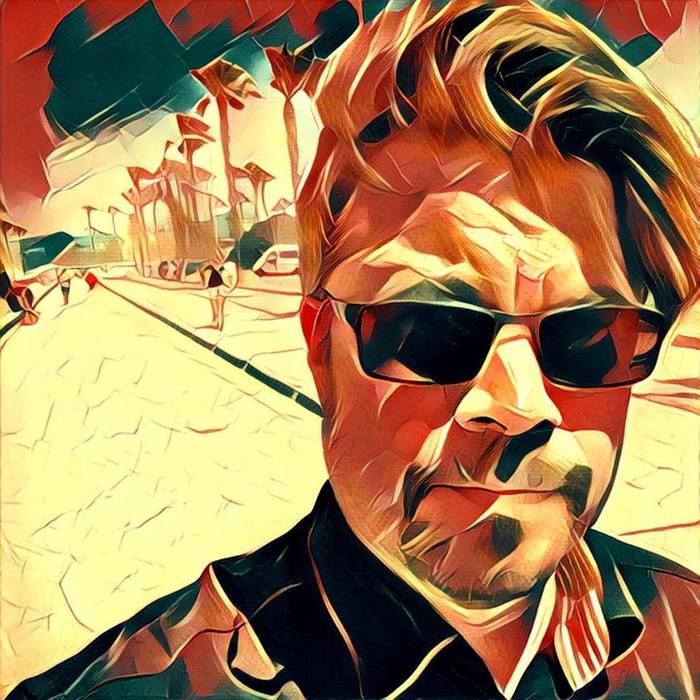
Interview with Petri Järvilehto
Tell us please when you have an interest in games?
I’ve always been playing games. Got my first computer (a VIC-20) when I was 11, moved on the Commodore 64 a few years later. Many of my fondest childhood memories are things like playing Ultima IV at 2 in the morning in the blue glow of a CRT TV screen. Games opened up new worlds, new experiences and the thought of being able to create experiences like that to an audience is something that still drives me.
Can you tell us how you got a job at Remedy ent?
I was one of the founders. When Remedy got started, it was basically a collection of people with a demo-scene background. We were all really young, just out of school and just the thought of being able to make games was a big dream for us. There were no proper gaming companies in Finland, so we had to build our own. I got started as an artist working on a top down racing game (Death Rally). We didn’t really have roles like Project Lead or Producer or Lead Designer at the time, but since nobody was really organizing or coordinating the game, I ended up doing that. Death Rally was the first game we ever shipped, and when we started working on Max Payne it was pretty natural that I would have the point responsibility on the game.
The image of the hero was originally thought to be so gloomy? Or did he become like that?
Haha, yes. Max was always pretty dark. When building up the character, we wanted him to have a very strong ‘loner’ type of motivation and the entire setup of the game drives towards that with Max coming home, finding his family killed - then going undercover and getting betrayed, so that even the cops are now after him. With that backstory it’s pretty obvious that he had to be quite gloomy. Sam really wanted Max to also have a dash of Humphrey Bogart / Classic Private Eye type of cool and with some sarcasm added into the mix the character really came to life.
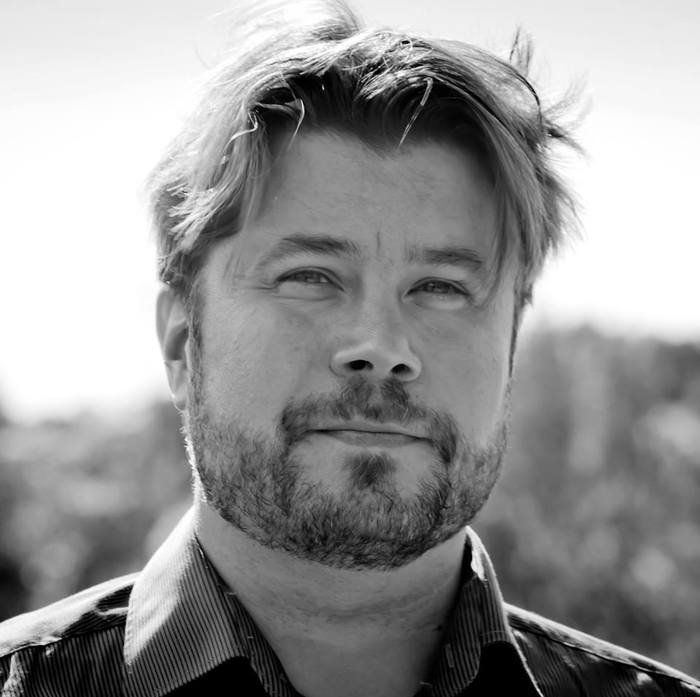
The mechanics of deceleration wanted to add initially to the game, or was it invented during production? Can you say who was its author and how long did you work on it?
I was a huge fan of John Woo’s original Hong Kong action films (think Hard-Boiled, The Killer, Bullet in the Head and so on), as we really wanted to do something with slowmotion in the gameplay.
It was really hard to get right though. We tried a huge variation of combinations, things like you enter a room and WHAM, everything goes into slow-mo as the bad guys notice you. And as you take the bad guys up, the game only speeds back to normal once the combat is over etc. These were all experiments where the game (or the level designer) was driving the Bullet Time effect.
None of it worked. It just felt frustrating and almost like you’d just be running underwater or something. To debug all the slow-mo and gameplay, we had debug controls for time-scale. Pressing ‘Home’ would speed it up and pressing ‘End’ would slow down the game.
IIRC, Something like 8 months before the ship date, I was showing off the recent work and we were planning out how to demo the game with Sam. I kept playing the game and slowing it down manually just prior to combat and then speeding it up in the middle of the combat. Slowing down again for the next kill (which would look awesome in slowmo) and then speeding it up. Doing that over and over and suddenly things started to click. Since the game defining the slow-mo moments didn’t work, what if we’d give the player all the control and just forget about trying to use it like a scripted element.
We almost ran to along the corridor to the lead programmer and asked him to do a quick hack prototype assigning the debug slow and speed functionality to a mouse button.
And as soon as we had that prototype, we know that we had something magical.
Can you tell me if there were things that you wanted to add to the game, but for some reason in the final version they did not appear, maybe some locations, heroes or weapons?
There’s always a lot of materials that get left on the cutting room floor. About 6 months before we went gold, we had to cut almost 25% of the level content. We had a lot more cool locations (Punchinello’s Manor etc.) that never saw the light of day. We even had prototypes of vehicles that you could drive. I’ve always been a firm believer on “better to do few things well than many thing mediocre” and cutting down and focusing on fewer things was definitely the right call.
Can you tell where you drew inspiration for the creation of such a hero?
As always, and game or any IP is a team effort with everyone contributing. When it comes to Max, the hard-boiled action hero is more of a my thing and the brooding, humphrey bogart side is all Sam Lake.
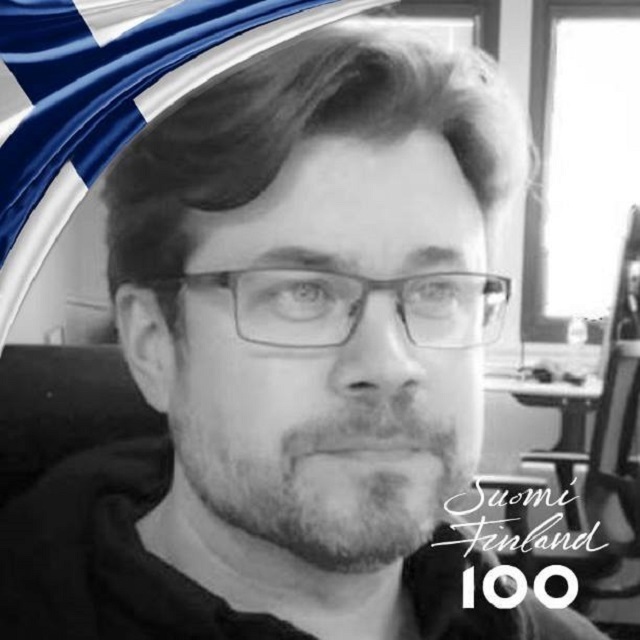
When you created the game, did you expect that there would be a sequel?
I think we knew that we were only something special, but none of us had any idea that the game would become such a massive hit.
Was the process of creating the game challenging? Can you remember the technical or other difficulties that were in the making?
When we started working on Max, I think we were thinking that it’s going to take about a year, maybe 18 months to build. Every time we reached a new milestone, we took a long look at it and went “not good enough yet” and raised the bar. I think Samppa (Samuli Viikinen, lead level designer) completely built the first subway level seven times over.
In the end, the game took us almost five years to build. None of us had ever been involved in building anything so big earlier (and we were building up the company at the same time), so we had to learn most of the lessons the hard way.
Which of the characters in the game do you like the most? Alan vake or max payne? And why?
I’ll always have a soft spot for Max.
What are you doing today?
I’m the Chief Creative Officer and co-founder in a company called Seriously (www.seriously com). I’ve been working on mobile for the last eight years or so and I like it much more than working on console titles. Now that I’m older, I’m enjoying working with entertainment that works for the entire family (as opposed to the slowmotion blood operas of the past 😊 ). Seriously is off to an incredible start. Our first property, Best Fiends, has been downloaded about 90 million times, it’s driven already over $100m revenue and we have millions of players playing it every month.
We’re all really excited to see what we can build out of all this in the next few years.
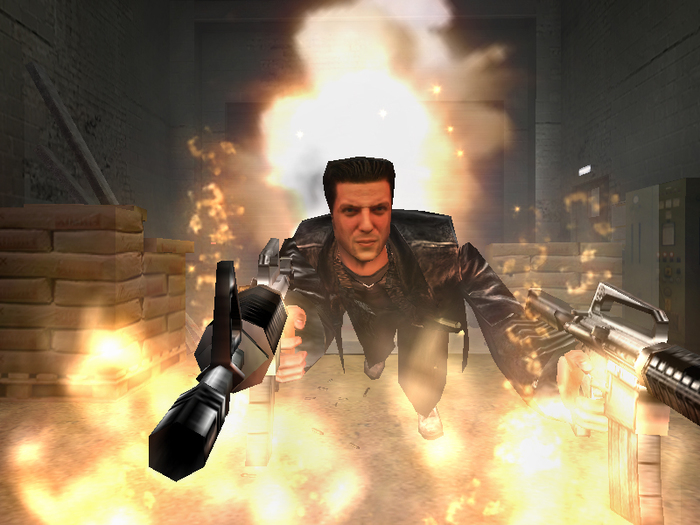
Just my thoughts and memories about the game.
Almost all the games of that time had a bright wrapper and cheerful uncomplicated gameplay, where the story is relegated to the 2nd plan, which of course was not bad, but at that time there were few serious games aimed at plotting and uncovering the character in the first place, I cannot say for everyone, but my first such game is Max Payne. Cold, gloomy and at the same time fascinating story, which is shown to us in the form of a comic book, it reveals the hero to us, gives him motives and goals, and we are given the opportunity to administer justice. The Noir genre itself which played so well the game was first opened to me by this game, while in America, as well as other countries, this genre was familiar for a long time.
Thank you for reading, I hope you enjoyed it and sorry for the mistakes that most likely will be in the text in large quantities.
Read more about:
BlogsYou May Also Like